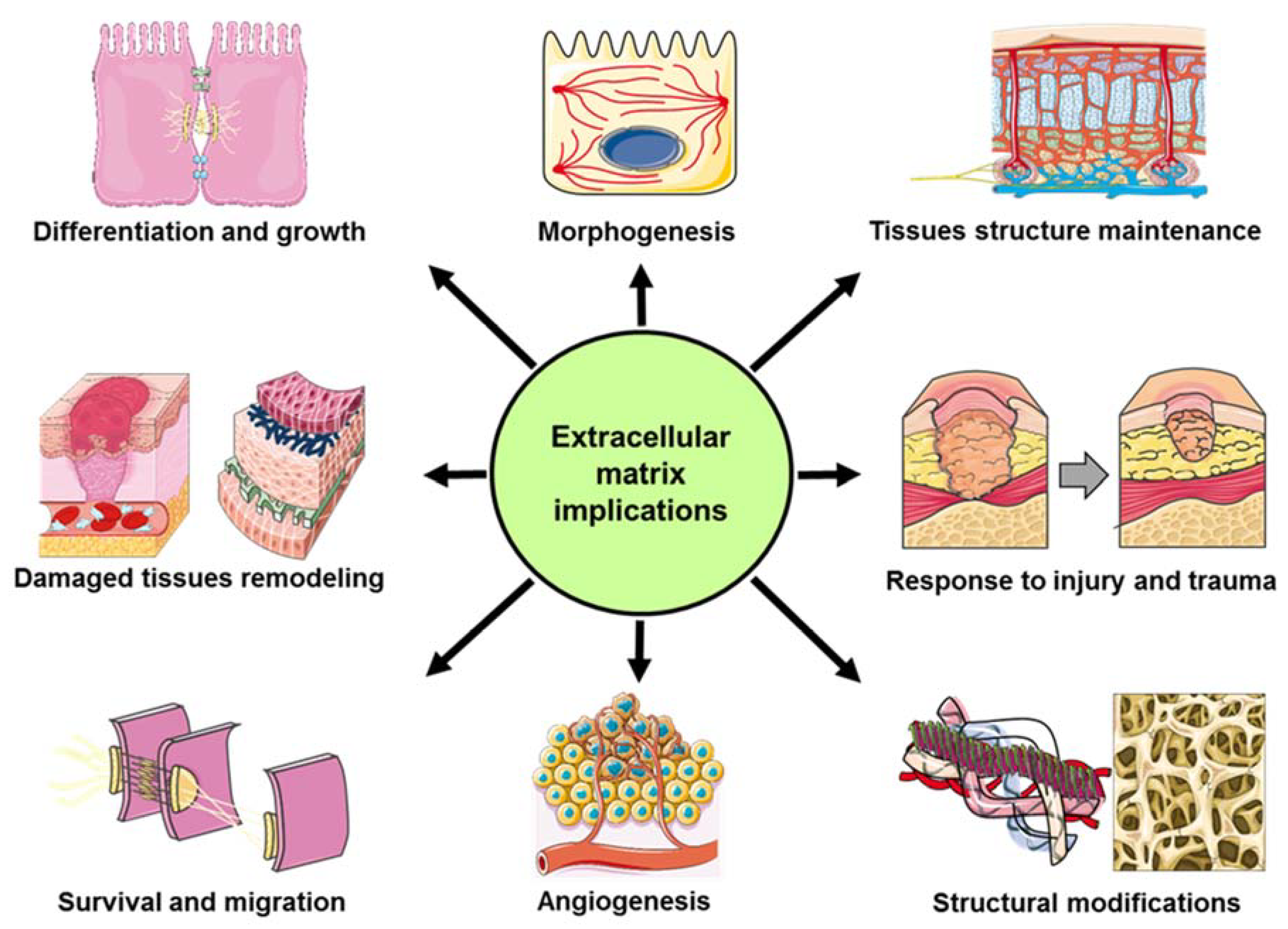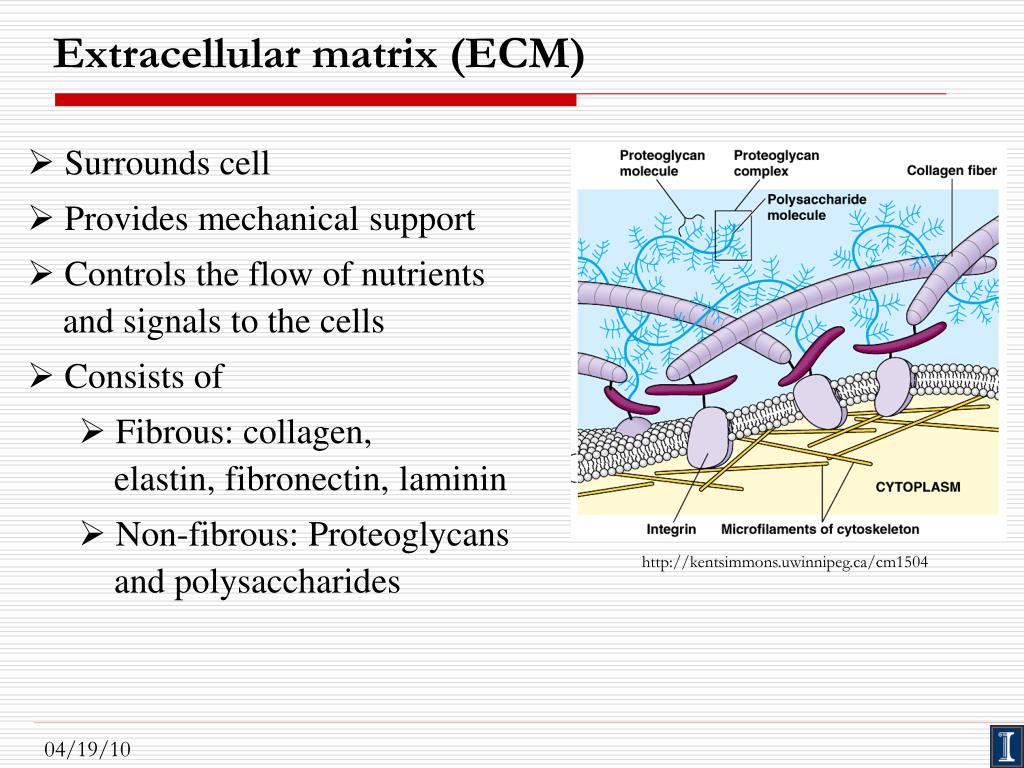

Procollagen is a protein made up of three polypeptide strands, each coiled into a left-handed helix, and then all three are twisted together into a right-handed triple helix or "superhelix" with three loose strands at each end.

When collagen is made and released into the extracellular space, it’s in the form of a precursor called procollagen. Some examples are collagens, elastins, and keratins.Ĭollagen is the most common type of structural protein in the human body, mostly because it resists tension and it can also stretch.

Next, there are structural proteins which give our tissues their tensile and compressive strength. Now, adhesive proteins - like integrins and cadherins - are found on the cell’s surface and they’re like molecular velcro.Ĭells use adhesive proteins to anchor themselves to other cells and to molecules in the extracellular matrix.Īdhesive proteins also help communicate messages from the extracellular matrix to the cell.įor example, signals relayed by integrins can help a cell decide when it’s time to grow, divide, differentiate, or even die - like in apoptosis. Having said that, all of the different types of extracellular matrix are made up of three major molecules - adhesive proteins, structural proteins, and proteoglycans.įirst, there’s adhesive proteins, which help to stick the individual cells together and organizes the tissue into a neat structure. Cells live within an environment called the extracellular matrix, and it’s a bit like how homes have yards and streets that surround them.Īlso, just like how lots of homes form a community, lots of cells form a tissue.Īnd there are different types of tissues - epithelial, connective, muscular, and nervous tissue.Įach tissue has an extracellular matrix that’s got a unique composition that’s adapted for each tissue’s unique needs.


 0 kommentar(er)
0 kommentar(er)
